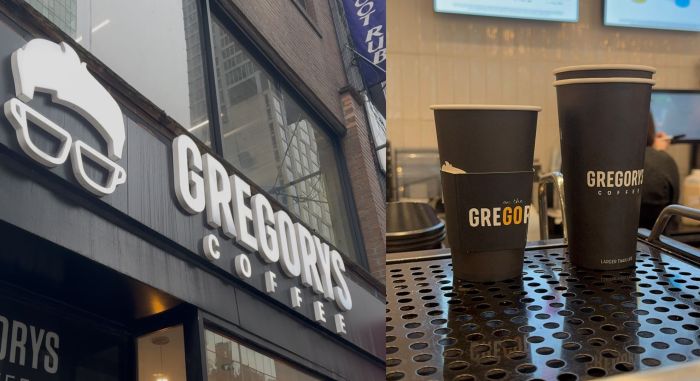At one time, the Rialto Theatre in downtown Los Angeles was a part of movie maven Sid Grauman’s empire. It held a thousand patrons for its film premieres, was one of the first theaters in town to feature “stadium seating” and has one of the longest marquees on the city’s version of Broadway.
Today, the Rialto is an Urban Outfitters.
“Adaptive reuse” has been the mantra in L.A.’s downtown district in the 21st century. Old movie theaters have either been retrofitted to host concerts or turned into shops, and much from the area’s heyday has become homes for bars and restaurants.
However, before the Staples Center, the nightclubs and the influx of money, there was plenty to see in Los Angeles’ version of a city center.
Classic eateries
Downtown dining destinations seem to have a longer shelf life than other attractions. Philippe the Original opened in 1908 and moved to its current Union Station-adjacent location in 1951. The charms of the two-floor eatery remain: Brick walls still bear signatures of diners from generations ago, cash is the only payment option and coffee is 45 cents. But what draws in patrons is a different slice of history. Philippe is one of two downtown L.A. restaurants that claim to have invented the French Dip sandwich (the other being Cole’s). No matter who did it first, the argument can be made that the Original did it best. Theirs come pre-“dipped” with enough jus to taste, but not enough to reduce the bread to a soggy mess.
In downtown’s Historic Core, Grand Central Market has seen some of its produce stands leave, with kombucha tea retailers and oyster bars moving in. The spirit of the market, the oldest in Los Angeles, still remains: Bustling, crowded aisles run past both prepared food and farm-fresh vegetables and other grocery goods. BBQ and pizza options like Thief Horse and Olio, respectively, are flashy additions, but more established vendors like Valeria’s and Torres Produce still stand.
Living history
Downtown has also long been the home of two of Los Angeles’ great meeting places. Central Library first opened in 1926 and features one the country’s largest collections of Hollywood history, and a story itself colorful enough for a starring role as author Susan Orlean’s next book. On the other side of the 101 Freeway, Olvera Street is a sort of mini Main Street for Mexican culture in downtown. Part pedestrian mall, part celebration venue, the cramped street is constantly alive with the music of mariachi bands, the chatter of retailers peddling wares from leather goods to candy and the staccato patter of the children running around the central plaza, established in the 19th century.
Trendy reboot
But even the best example of the “old” downtown is seen in a renovated space. What was once the first power plant in Los Angeles, located in the basement of the Higgins Building, is now The Edison, a 1920s-themed bar with master mixologists, live music and the occasional waitress, dressed as a green fairy, selling absinthe. Amidst the trendy cocktail menu and downtown loft-dwellers still sits the power station’s original generators and other accoutrements. Even the boiler room is still intact, now hollowed out and used as a close-quarters seating area.





































